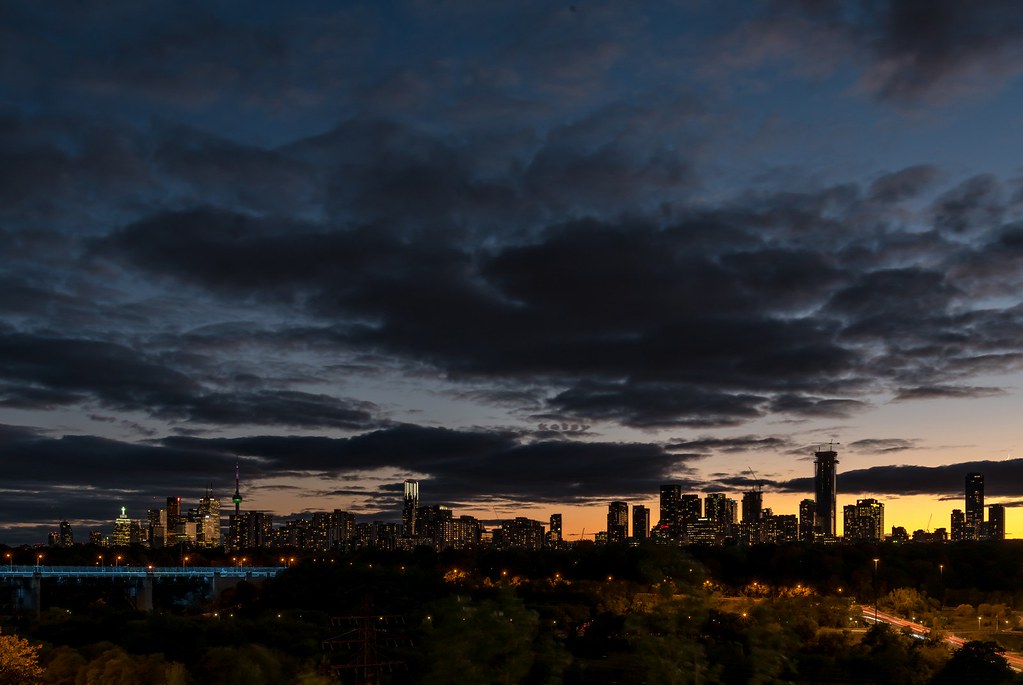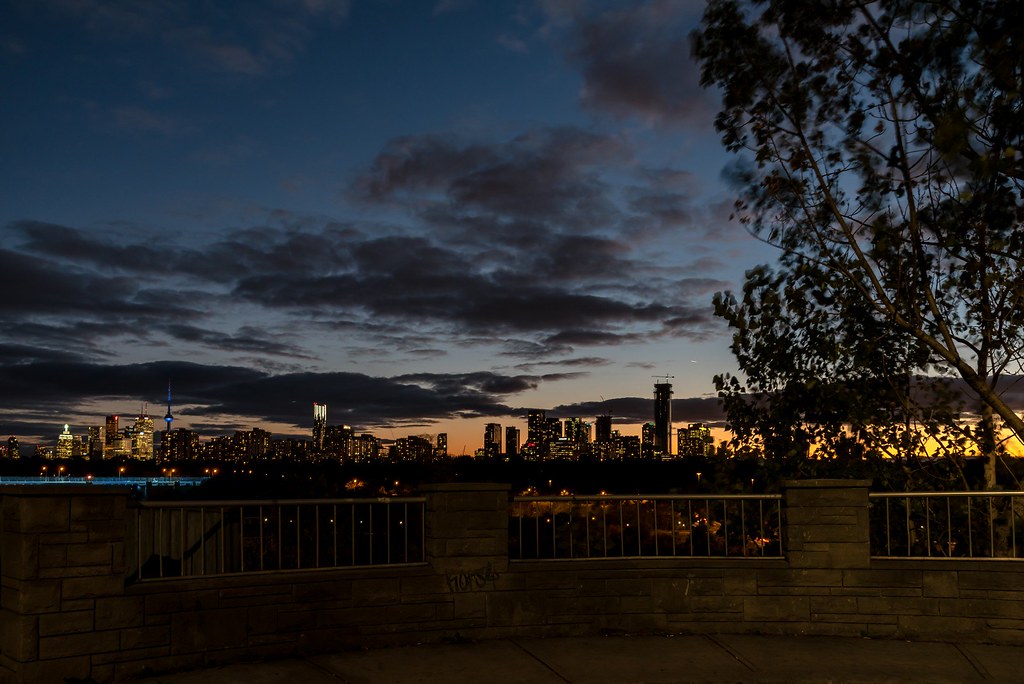junctionist
Senior Member
Ah, I love long-exposure with sodium streetlight illumination. They give a natural sepia, warm, surreal quality that you can never achieve with metal halide or LED lights.
They may be photogenic at this location, but I generally dislike seeing streets bathed in orange light. Metal halide light is closer to the colour temperature of daylight, which means less spatial discolouration. As you walk or drive down a street with metal halide street lights in the summer, you can see the leaves on trees are a vibrant shade of green. With sodium lights, everything is bathed in orange light.
Last edited:







